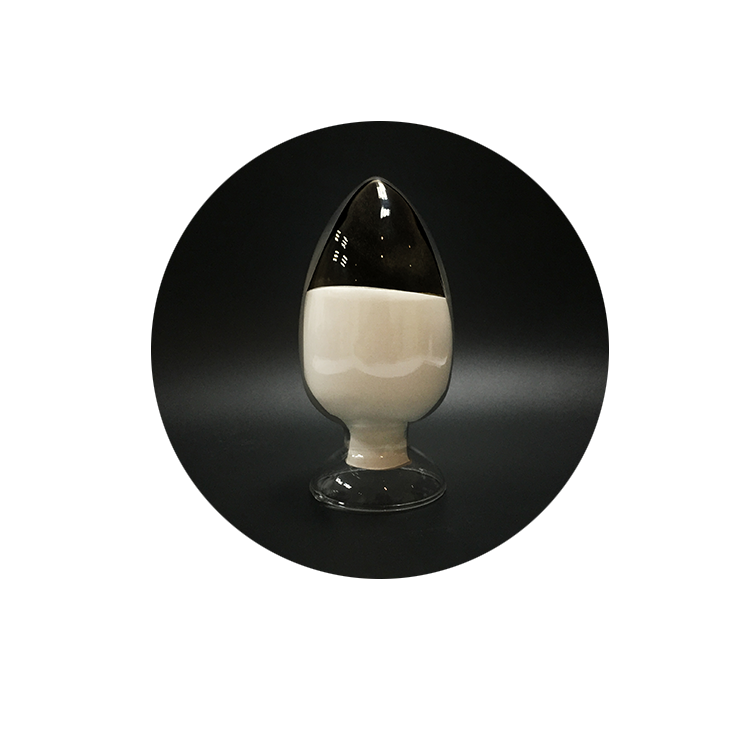Food Ingredients Wiki
What are food ingredients?
A food ingredient is any substance that is added to a food to achieve the desired effect. The term “food ingredient” includes food additives, which are substances added to foods for specific technical and/or functional purposes during processing, storage or packaging.
There are two types of food additives—direct and indirect. Direct food additives are used in foods to impart specific technological or functional qualities. For example, stabilizers are used to help prevent separation of nutrients in fortified milk products, while phosphates are used as a leavening agent in baked goods. Indirect additives are not intentionally added to food but may be present in trace amounts as a result of processing, packaging, shipping or storage.
Both direct and indirect food additives are controlled by national regulatory authorities, such as the U.S. Food and Drug Administration. Any food ingredient must be proven safe to be used in foods.
Uses of Food Ingredients
Food ingredients provide convenience and allow food makers to produce a wide variety of foods that are safe, appetizing, uniform, nutritious and tasty. They are used in very small quantities but contribute significantly to our vast and varied food supply—ensuring that the foods we love to look, taste and feel the way we have come to expect.
Food ingredients are used for a variety of reasons:
(1) To support nutrition delivery
(2) To maintain product quality and freshness
(3) To prevent spoilage during transport, storage and sale
(4) To make foods more appealing and ensure that familiar foods have consistent qualities
(5) To extend shelf-life and prevent food waste
(6) To make some foods more affordable
(7) To aid in the processing and preparation of foods
Types of Food Ingredients
Taste, texture, freshness and appearance are a few of the major contributions food ingredients and food additives make toward the enjoyment of food. By aiding in the processing and preparation of foods, ingredients also help to maintain certain desirable qualities that are associated with various foods.
For example, salad dressings are expected to stay mixed once they have been shaken. Emulsifiers such as lecithin from soybeans help dressings stay mixed and improve texture in many other foods. Emulsifiers are also used to provide smoothness in ice cream, increase volume and impart fine grain quality in bread, and achieve better consistency in cake mixes.
Food ingredients are classified by the functions they serve in food processing. Below is a list of food ingredient classifications.
(1) Acid Regulator
(2) Anti-Caking Agents
(3) Colors
(4) Food Cultures
(5) Emulsifiers/Stabilizers/Thickeners
(6) Firming Agents
(7) Flavors/Flavors Enhancers
(8) Foaming/Anti-foaming Agent
(9) Humectant
(10) Preservatives
(11) Sweeteners




